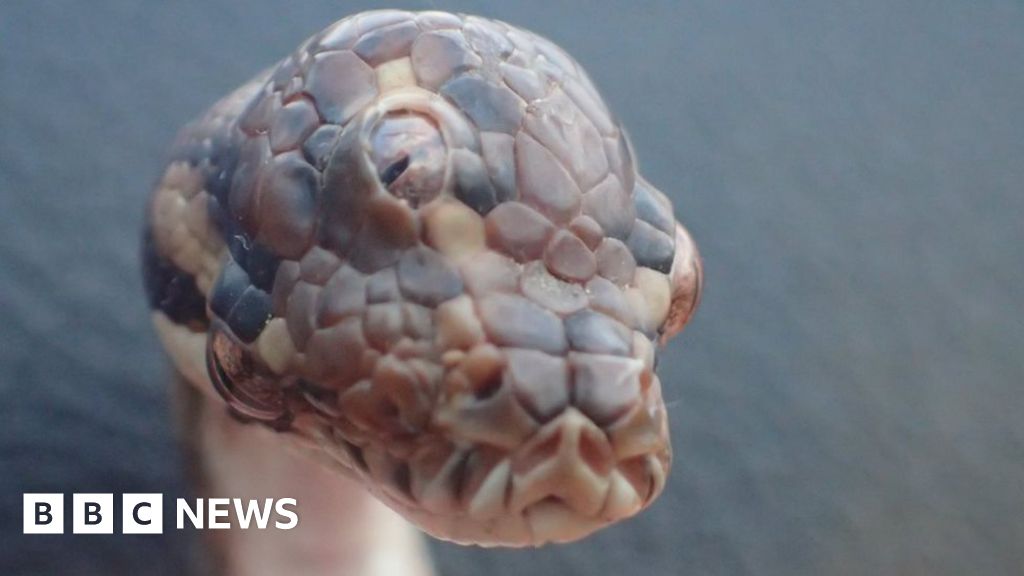
abs-census-2016.png

Island Australia and the IBM omnishambles is no more, with PwC Australia being announced by the Australian Bureau of Statistics (ABS) as its IT partner for the 2021 Census.
The Adecco Group also picked up a contract for 30,000 temporary field staff.
"After rigorous selection processes, the appointments of PwC Australia and The Adecco Group are major milestones in delivering a safe, secure and high-quality 2021 Census for all Australians," Acting ABS Deputy Statistician Chris Libreri said in a statement. "PwC Australia brings to the 2021 Census a wealth of experience in managing and protecting sensitive personal information across the government, banking, superannuation and health sectors.
"Keeping people's information secure and confidential is the highest priority for the ABS. It was a key factor in the digital services selection process and a critical consideration in the design of Census activities."
The ABS said PwC would operate the digital census on Amazon Web Services, which was certified to handle Protected workloads earlier this year.
"The ABS and PwC Australia will work with critical agencies including the Australian Cyber Security Centre and the Digital Transformation Agency to build a secure solution that manages the high demand anticipated for 2021 Census," the ABS said.
Speaking at the AWS Summit in Sydney this week, AWS senior manager of solutions architecture Herman Coomans said he is routinely asked is how non-government entities can access those certificated services.
"The answer is there is no difference. These are no special editions of the services, there is not a checkbox that you check, there is not a different price, it's the same service," he said.
According to Coomans, the significance of AWS gaining certification is that it validates the virtualisation technology to keep workloads separate and allows protected and non-protected workloads to live and run side-by-side.
"If you go back a couple of years, it was widely believed that the only way to achieve this level of security was by having systems that were dedicated," he said. "Systems that have their own dedicated hardware, have their own dedicated network, were possibly in their own dedicated cage in a [data centre].
"The Australian Signals Directorate and ACSC are OK with the virtualisation technology that separates that instance from its neighbour, which is from a different customer, not even the same classification, it would be from any other customer running on the same hardware."
In April, the ABS was allocated AU$38.3 million over three years in the 2019-20 Federal Budget.
On Census night, August 9, 2016, the ABS experienced a series of denial-of-service (DDoS) attacks, suffered a hardware router failure, and baulked at a false positive report of data being exfiltrated, which resulted in the Census website being shut down and citizens unable to complete their online submissions.
The Census was run on on-premises infrastructure procured from tech giant IBM.
A month later, the ABS lambasted IBM and said it failed to adequately address the risk it was under contract to provide.
"The online Census system was hosted by IBM under contract to the ABS, and the DDoS attack should not have been able to disrupt the system," the ABS said.
"Despite extensive planning and preparation by the ABS for the 2016 Census, this risk was not adequately addressed by IBM and the ABS will be more comprehensive in its management of risk in the future."
Related Coverage
Australian Budget 2019: Census 2021 gets AU$38m to 'address issues from 2016'
Almost AU$40 million in additional funding will be provided to the ABS that aims to prevent incidents like the 2016 Census debacle from reoccurring in 2021, while the government will continue to digitise its services.
ABS seeks vendor to deliver 2021 Census in the cloud
After the confluence of failure that was the 2016 Census at the hands of IBM, the Australian Bureau of Statistics has again turned to the market to help it deliver the next one 'successfully'.
Government's dumb data disasters demonstrate decaying diligence
The Australian government's habit of losing filing cabinets full of confidential documents is merely a symptom of much deeper problems, in both policy development and implementation.
Censusfail: An omnishambles of fabulous proportions
The Senate inquiry into the 2016 Census shows that everyone is to blame. Rumours that outsourcing has gutted government agencies of real IT clue would seem to be true.
Australian government says Centrelink robo-debt will never log off
A recommendation to halt the robo-debt process has been rejected by the federal government.
https://www.zdnet.com/article/australian-2021-digital-census-to-be-built-on-aws/
2019-05-03 03:37:00Z
CBMiUGh0dHBzOi8vd3d3LnpkbmV0LmNvbS9hcnRpY2xlL2F1c3RyYWxpYW4tMjAyMS1kaWdpdGFsLWNlbnN1cy10by1iZS1idWlsdC1vbi1hd3Mv0gFbaHR0cHM6Ly93d3cuemRuZXQuY29tL2dvb2dsZS1hbXAvYXJ0aWNsZS9hdXN0cmFsaWFuLTIwMjEtZGlnaXRhbC1jZW5zdXMtdG8tYmUtYnVpbHQtb24tYXdzLw




